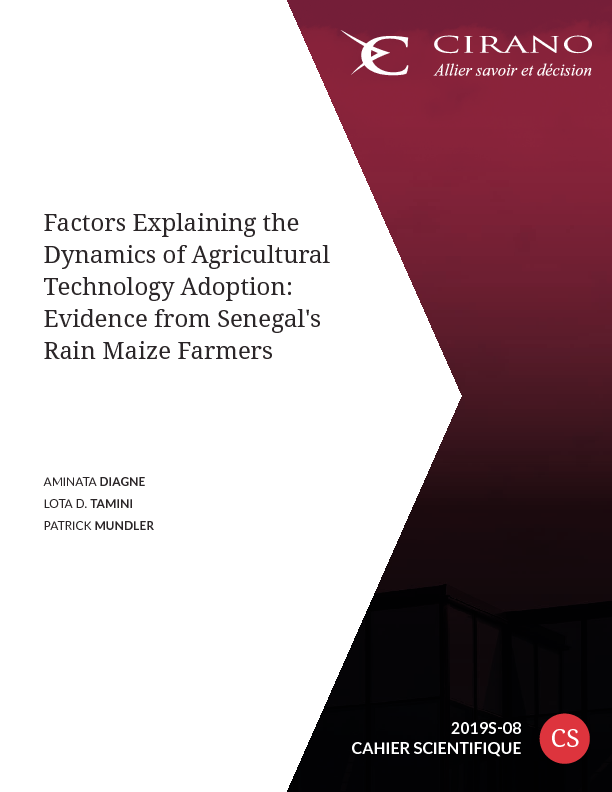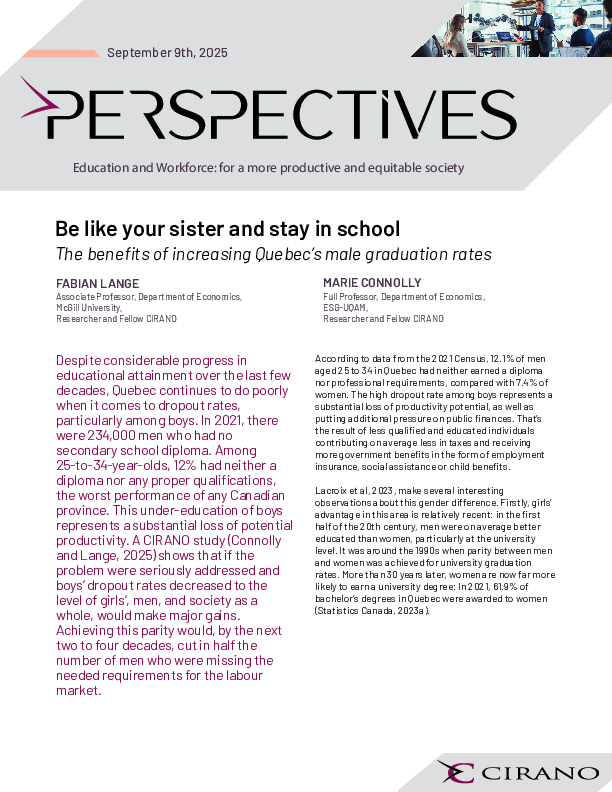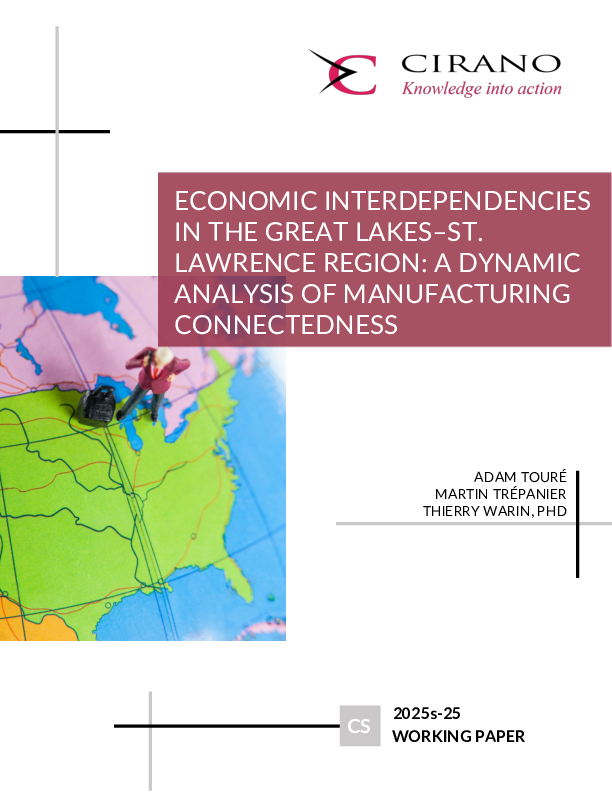Factors Explaining the Dynamics of Agricultural Technology Adoption: Evidence from Senegal's Rain Maize Farmers
This paper analyses the adoption dynamics of improved rainfed maize seeds disseminated in Senegal in 2013 by the West African Agricultural Productivity Program (WAAPP). We group maize producers into five groups (non-adopters, laggards/abandoners, late adopters, followers and pioneers/innovators) and take into account the heterogeneity of unobservable characteristics of the producers. In the pioneers/innovators group, the availability of labour, household size, shocks, and frequency of access to advice positively influence adoption, whereas financial constraints and high numbers of plots reduce the probability of adoption. Producers in the followers’ category tend to be older and more educated than are those in the other categories. However, food insecurity and shocks such as diseases hamper adoption. For the group of late adopters, household size and available storage infrastructures explain adoption. However, the number of plots and shocks reduce their probability of adoption. Laggards tend to face shocks and food insecurity.




